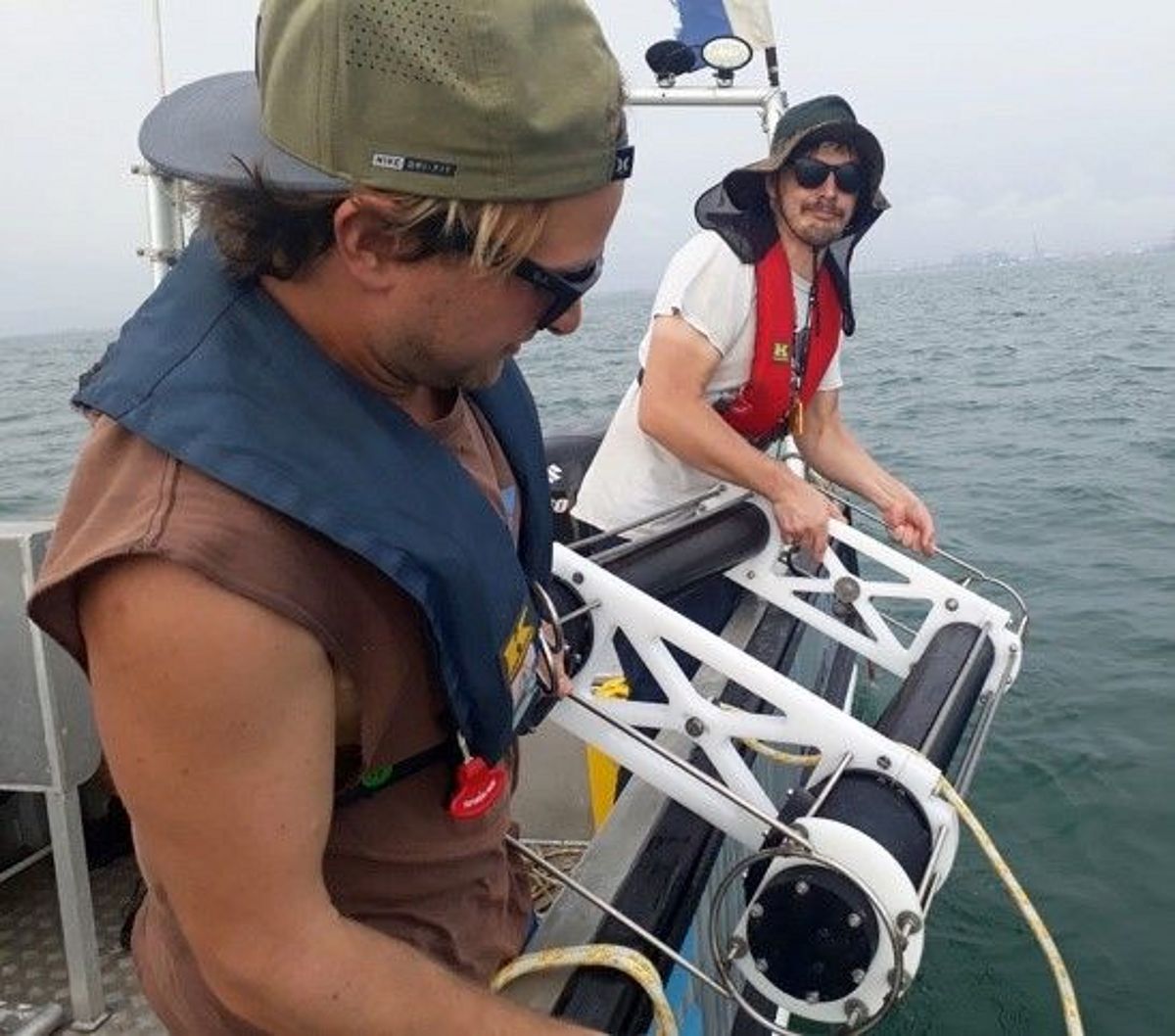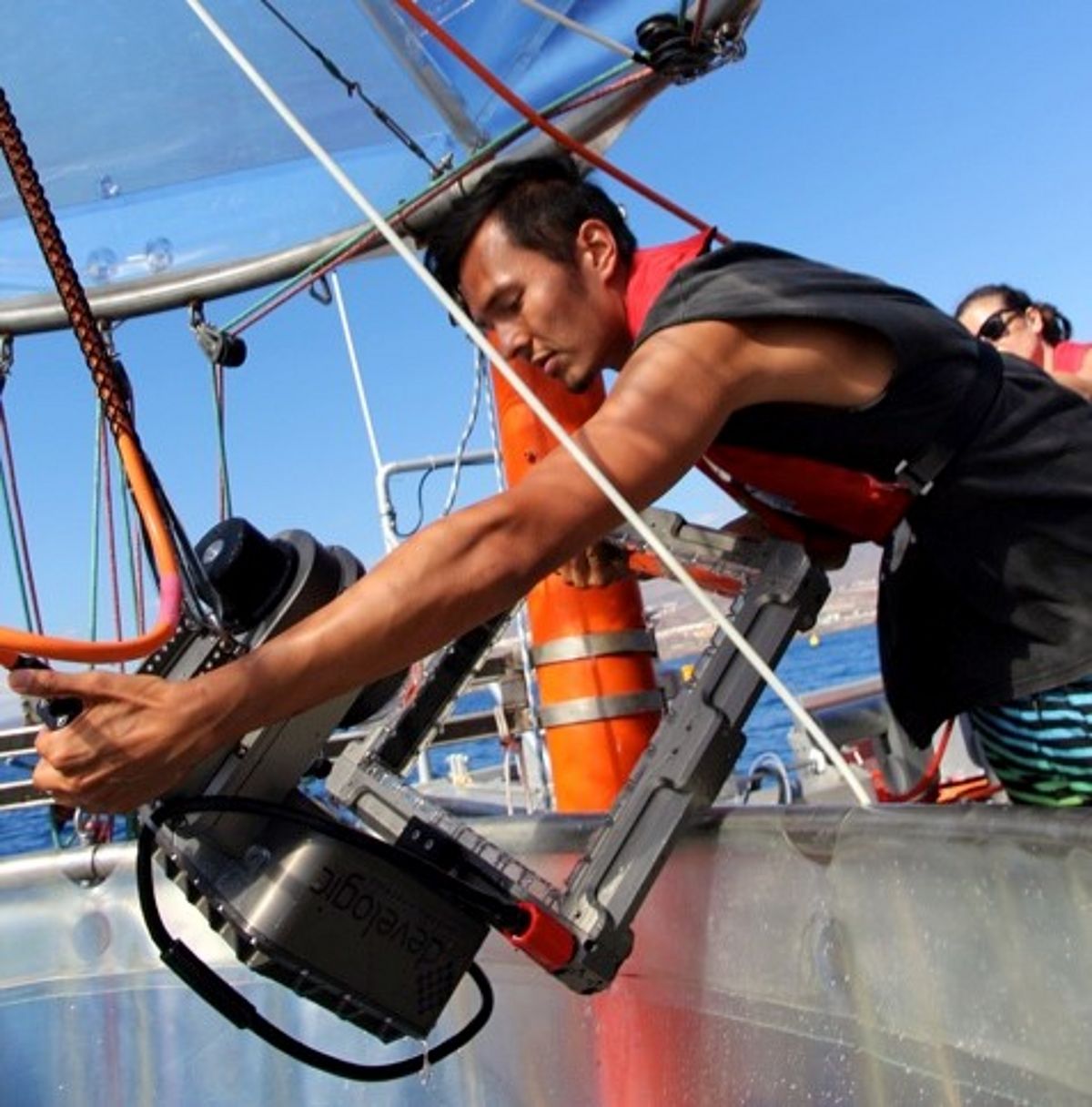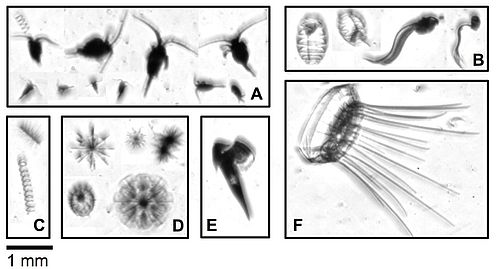Plankton Imaging
Optical methods such as underwater camera systems have established as a valuable tool in studying zooplankton and marine particles. One of the major advantages of imaging systems is the ability to examine plankton community composition or certain key taxa of interest in situ, particularly regarding their small-scale spatial distributions. Moreover, the non-invasive nature of imaging avoids perturbing or physically contacting target organisms (in contrast to traditional net sampling), making it ideally suited for studying fragile organisms such as gelatinous plankton.
My group is working on the development of novel imaging technologies to further exploit the potential of this method. Our instrumentation includes several in situ and laboratory-based imaging systems to examine plankton community composition ranging from microzooplankton (>20µm) to mesozooplankton of several cm body size.
Furthermore, we are applying and refining modern data analysis methods, such as “deep learning” to process the huge amounts of image data and convert them into biologically and ecologically meaningful quantities.
Recent projects:
- GEOMAR Postdoc Research Group “Plankton Imaging Technology”
- Future Ocean Cluster of Excellence Projects:
- “All-in-focus: Combining lightfields and shadowgraphs for advanced underwater imaging”
- “Combining deep learning, in situ imaging and citizen science to resolve the distribution of giant protists in major upwelling regions”
- “MicroZooImager: An integrated optical system for microzoo- plankton analysis”
The plankton imaging group currently consists of:
Dr. Jan Taucher (group leader)
Dr. Veit Dausmann (scientist)
Anton Theileis (engineer)





